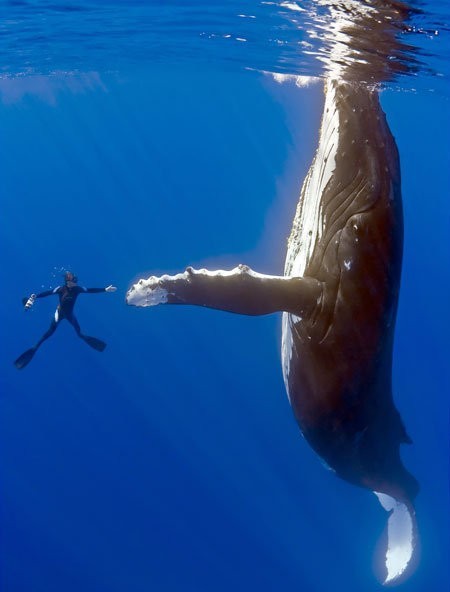Orbital Mechanics By Tatiana Plakhova
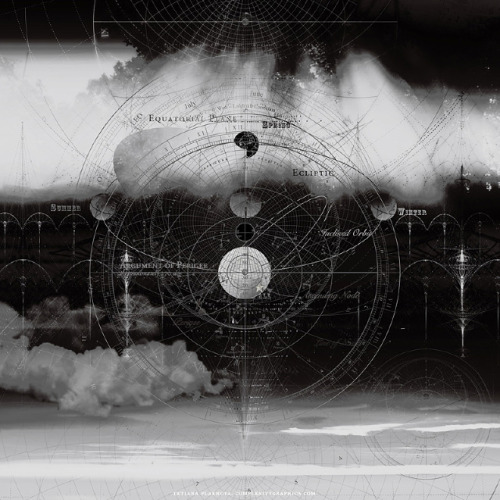
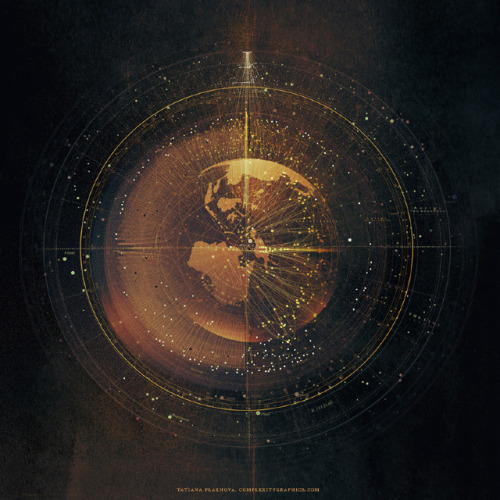




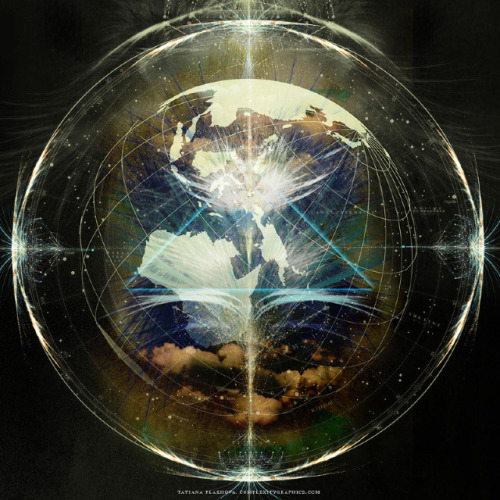



Orbital Mechanics by Tatiana Plakhova
More Posts from Outofambit and Others
theres a giant burning orb in the sky and it can burn your flesh, it can give you diseases, it can kill you, looking directly at it causes physical pain, and we all think this is okay. we like this orb. we like to go outside and lie around on our backs when this orb is in the sky. children draw cute pictures of this levitating death orb with a smiley face on it. what is wrong with us

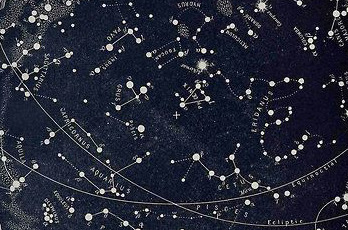
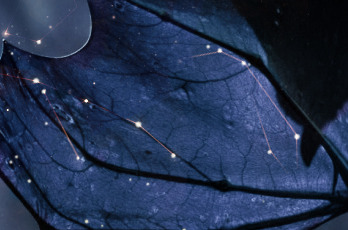
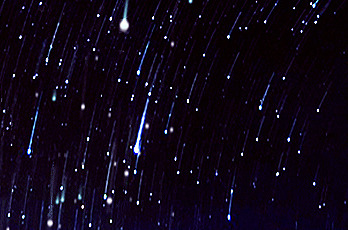







why would someone think this is a good idea


“But then she was a dancer. Dancers are tough.” -“The Wizard’s Dilemma,” Diane Duane, (x) (x) Dedicated to Betty Callahan.


He had a long, fair-skinned face with a very thoughtful expression. This was partially concealed by surprisingly long, blond hair, most of which was tied behind his head, but he also had very long bangs, which he was probably always pushing out of his eyes, and a long lock of hair hanging down in front of each ear. The eyes were a startling green, a shade not normally achieved on Earth without the assistance of contact lenses.
Okay, so I’ve just started Games Wizards Play book 10 in the Young Wizards series, which means it’s time for some thoughts on my FAAAAAAAV YA SERIES OF ALL TIME. (No offense HP, no offense)
ROSHAUN MY CHILD MY SON COME BACK TO ME!!! COME BACK TO ME BABY! IT HAS BEEN ONE WHOLE BOOK AND HE’S NOT BACK YET I AM NOT OKAY! I AM NOT ALRIGHT! THE MADNESS MUST END! PLEASE GOD MAKE IT STOP JUST BRING BACK MY BABY PLEASE OH PLEASE OH PLEASE! WE LOST PONCH I CAN’T HAVE THIS TOO I CAN’T TAKE THIS OH GODDDDDDD *INCOHERENT SOBBING*
And I am done. This is basically my internal stream of consciousness all through A Wizard of Mars tbh. I have basically been a blithering, sobbing, screaming wreck since Wizards at War. Life’s been hard. And since my house burned down, I don’t even have my ENTIRE COMPLETE collection to reference : |
Some further reviews on the Young Wizards series:
So You Want To Be a Wizard…
You will cry because of a car
Deep Wizardry
You will cry because of a shark
High Wizardry
You will cry because of a space turtle
A Wizard Abroad
You will cry because of Ireland
A Wizard’s Dilemma
You will cry because of a parrot. Also cancer.
A Wizard Alone
You will cry because of autism
Wizard’s Holiday
You will cry because of a barren hellscape
Wizards at War
You will cry because of OH GOD NOT THE DOG PLEASE NOT THE DOG OH GOD NO
A Wizard of Mars
You will cry because you are no longer capable of feeling anything because the last book emotionally broke you.
Great series. 10/10. Would recommend to all your friends and loved ones and then you can all cry together.
Thing I’ve been mulling over for a while: some really good YA fantasy novels of my childhood (Young Wizards - no one who knows me is surprised by this) really emphatically gave me tools to understand and dismantle my own “white supremacist delusion,” as Sonya Renee Taylor puts it. The construction of the cosmos in these books formed my worldview at a really early age. They have helped me, decades later, to believe deeply and truly in both my own ability to support and uphold Evil in all of its guises, no matter how ‘good’ or ‘nice’ I may inherently see myself to be - and my own power to dismantle Evil in all its guises, within myself, as well as in the world beyond myself.
I was watching this IG live video where Taylor powerfully explains how important it is to shift from seeing whiteness as something intrinsically ours to possess rather than as the result of a dehumanizing system that we can - and in fact are ethically called upon to - uproot. I understand Taylor to be saying that I, as a person assigned power by whiteness, have a duty to continually identify and reject the delusions of whiteness starting with myself.
There’s an image Taylor uses, in this video, of searching inside of yourself for the spaces where this toxic ideology of whiteness has taken hold - and to find and uproot it. And immediately I saw a climactic moment from High Wizardry, one where Dairine has a realization about how intimately entropy has its hold upon her:
She stopped, as the answer rushed into her mind from the manual. Where entropy is, it said, there its creator also is, either directly or indirectly…
I’m a product of this universe, after all, she had said to the mobiles. It’s in me too…
Her heart turned over inside her as she came to know her enemy. Not a Darth Vader, striding in with a blood-burning light-sabre, not something outside to battle and cast down, but inside. Inside herself. Where it had always been, hiding, growing, waiting until the darkness was complete and its own darkness not noticeable any more. Her Enemy was wearing her clothes, and her heart, and there was only one way to get rid of It…
She was terrified. Yet this was the great thing, the thing that mattered […]
I’d hazard a guess that many of us have a primary conditioning to see evil precisely as “something outside to battle and cast down.” I say this about evil in general; I think it’s probably extra true for the ways that white people approach the evil of white supremacist delusion. I see it a lot with the teenagers that I now teach: the actively anti-racist white kids who really want to march, to have hard conversations with other people, to change laws, to show up at city hall meetings…and who don’t understand that, while those are all good and important things to be doing, if they are all you are doing, they will not be enough. They are all ways of seeing the problem as “something outside to battle and cast down” instead of as something that is LITERALLY “wearing [your] clothes, and [your] heart.”
The good news - also from High Wizardry - is the possibility of full and complete liberation on the other side of the recognition, and the reckoning that follows. The snatches of it glimpsed within this life, the work of widening the ground… The belief (which Duane’s world offered me, and which my Christianity never did) that even the one who dreamed Evil into being can be liberated and redeemed from it…and that that, and no less, is the scope of the work.
(YW also taught me, perhaps most importantly of all, that this work is collective and done best when part of an ever-widening family / network / team.)

A remarkable new study on how whales behaved when attacked by humans in the 19th century has implications for the way they react to changes wreaked by humans in the 21st century. The paper, published by the Royal Society on Wednesday [17 March 2021], is authored by Hal Whitehead and Luke Rendell, pre-eminent scientists working with cetaceans, and Tim D Smith, a data scientist, and their research addresses an age-old question: if whales are so smart, why did they hang around to be killed? The answer? They didn’t. Using newly digitised logbooks detailing the hunting of sperm whales in the north Pacific, the authors discovered that within just a few years, the strike rate of the whalers’ harpoons fell by 58%. […] Before humans, orca were their only predators […]. It was a frighteningly rapid killing, and it accompanied other threats to the ironically named Pacific. From whaling and sealing stations to missionary bases, western culture was imported to an ocean that had remained largely untouched […].
——-
Headline and text published by: Philip Hoare. “Sperm whales in the 19th century shared ship attack information.” The Guardian. 17 March 2021.


Catching a sperm whale during the 19th century was much harder than even Moby Dick showed it to be. That’s because sperm whales weren’t just capable of learning the best ways to evade the whalers’ ships, they could quickly share this information with other whales, too, according to a study of whale-hunting records. […]
“At first, the whales reacted to the new threat of human hunters in exactly the same way as they would to the killer whale, which was their only predator at this time,” study lead author Hal Whitehead, a professor of biology at Dalhousie University in Nova Scotia, told Live Science. “[The sperm whales] all gathered together on the surface, put the baby in the middle, and tried to defend by biting or slapping their tails down. But when it comes to fending off Captain Ahab that’s the very worst thing they could do, they made themselves a very large target.”
The whales seem to have learned from their mistakes, and the ones that survived quickly adapted — instead of resorting to old tactics, the whalers wrote in their logbooks, the sperm whales instead chose new ones, swimming fast upwind away from the whalers’ wind-powered vessels. […]
The whales communicated with and learned from each other rapidly, and the lessons were soon integrated into their wider culture across the region, according to the researchers’ interpretation of the data.
“Each whale group that you meet at sea typically comprises two or three family units, and the units quite often split off and form other groups,” Whitehead said. “So, what we think happened is that one or two of the units that make up the group could have had encounters with humans before, and the ones who didn’t copied closely from their pals who had.“
Sperm whales are excellent intel sharers: Their highly observant, communicative nature, and the fact that each family unit only stays in larger groups for a few days at a time, means they can transmit information fast.
As studies show, that information could be news on new threats, new ways to hunt or new songs to sing.
——-
One example of whales’ extraordinary information sharing abilities involves lobtail feeding, in which a humpback whale slaps its tail hard against the water’s surface, submerges to blow disorienting bubbles around its prey, and then scoops the prey up in its mouth. Researchers first observed this tactic being used by a single whale in Cape Cod, Massachusetts, in 1980, before it spread throughout the regional population in just 10 years.
Whale culture also extends far deeper than innovative ways to feed. “Sperm whales are divided into acoustic cultural climates,” Whitehead said. “They split themselves into large clans, each with distinctive patterns of sonar clicks, like a dialect, and they only form groups with members of the same clan.”
Different whale clans each have different ways of singing, moving, hunting and looking after their calves. These differences are profound enough to even give some clans a survival advantage during El Nino events, according to Whitehead. […]
In the 20th century, whales, especially the 13 species belonging to the category of ‘great whales’ — such as blue whales, sperm whales and humpback whales — found themselves pursued by steamships and grenade harpoons that they could not escape. These whales’ numbers plummeted and they soon faced extinction. […] [T]hey still face the growing destabilization of their habitats brought about by industrial fishing, noise pollution and climate change.
——-
Headline, image, caption, and text published by: Ben Turner. “Sperm whales outwitted 19th-century whalers by sharing evasive tactics.” Live Science. 19 March 2021.
-
 thexwarrior1245 liked this · 3 weeks ago
thexwarrior1245 liked this · 3 weeks ago -
 uncorporeal-mk liked this · 4 months ago
uncorporeal-mk liked this · 4 months ago -
 tulipisagarden liked this · 4 months ago
tulipisagarden liked this · 4 months ago -
 ace---cinnamon liked this · 4 months ago
ace---cinnamon liked this · 4 months ago -
 lurkerwithcomputer reblogged this · 4 months ago
lurkerwithcomputer reblogged this · 4 months ago -
 lurkerwithcomputer liked this · 4 months ago
lurkerwithcomputer liked this · 4 months ago -
 panda-jewel liked this · 4 months ago
panda-jewel liked this · 4 months ago -
 whymustyouhurtmeinthisway liked this · 4 months ago
whymustyouhurtmeinthisway liked this · 4 months ago -
 cherry-the-idiot reblogged this · 4 months ago
cherry-the-idiot reblogged this · 4 months ago -
 cherry-the-idiot liked this · 4 months ago
cherry-the-idiot liked this · 4 months ago -
 awakefor48hours reblogged this · 4 months ago
awakefor48hours reblogged this · 4 months ago -
 awakefor48hours liked this · 4 months ago
awakefor48hours liked this · 4 months ago -
 wildflowerwoodsworld reblogged this · 4 months ago
wildflowerwoodsworld reblogged this · 4 months ago -
 cinnamorollxx reblogged this · 5 months ago
cinnamorollxx reblogged this · 5 months ago -
 ask-glory-haddock-and-others liked this · 7 months ago
ask-glory-haddock-and-others liked this · 7 months ago -
 placeholdertilidelete reblogged this · 8 months ago
placeholdertilidelete reblogged this · 8 months ago -
 ihadtologinforthis reblogged this · 9 months ago
ihadtologinforthis reblogged this · 9 months ago -
 saintgratia reblogged this · 9 months ago
saintgratia reblogged this · 9 months ago -
 rabidtauruss liked this · 9 months ago
rabidtauruss liked this · 9 months ago -
 ave-dominus-nostramos reblogged this · 10 months ago
ave-dominus-nostramos reblogged this · 10 months ago -
 bronzeageprolapse liked this · 10 months ago
bronzeageprolapse liked this · 10 months ago -
 emyliabernstein liked this · 10 months ago
emyliabernstein liked this · 10 months ago -
 lennora reblogged this · 10 months ago
lennora reblogged this · 10 months ago -
 lennora liked this · 10 months ago
lennora liked this · 10 months ago -
 lecirueblr reblogged this · 10 months ago
lecirueblr reblogged this · 10 months ago -
 lecirueblr liked this · 10 months ago
lecirueblr liked this · 10 months ago -
 vildo reblogged this · 10 months ago
vildo reblogged this · 10 months ago -
 vildo liked this · 10 months ago
vildo liked this · 10 months ago -
 genrichoffen liked this · 10 months ago
genrichoffen liked this · 10 months ago -
 silmarillionopsessed reblogged this · 10 months ago
silmarillionopsessed reblogged this · 10 months ago -
 silmarillionopsessed liked this · 10 months ago
silmarillionopsessed liked this · 10 months ago -
 frogblast-the-ventcore reblogged this · 10 months ago
frogblast-the-ventcore reblogged this · 10 months ago -
 frogblast-the-ventcore liked this · 10 months ago
frogblast-the-ventcore liked this · 10 months ago -
 a-rebellious-waffle reblogged this · 10 months ago
a-rebellious-waffle reblogged this · 10 months ago -
 a-rebellious-waffle liked this · 10 months ago
a-rebellious-waffle liked this · 10 months ago -
 ave-dominus-nostramos reblogged this · 10 months ago
ave-dominus-nostramos reblogged this · 10 months ago -
 yceptomniversstudios liked this · 10 months ago
yceptomniversstudios liked this · 10 months ago -
 nocturnalfever reblogged this · 10 months ago
nocturnalfever reblogged this · 10 months ago -
 nocturnalfever liked this · 10 months ago
nocturnalfever liked this · 10 months ago -
 dominatemaker202 liked this · 11 months ago
dominatemaker202 liked this · 11 months ago -
 danteslady777 liked this · 1 year ago
danteslady777 liked this · 1 year ago -
 fillingham liked this · 1 year ago
fillingham liked this · 1 year ago -
 thomasswift85 reblogged this · 1 year ago
thomasswift85 reblogged this · 1 year ago -
 juniebugsss liked this · 1 year ago
juniebugsss liked this · 1 year ago -
 caranthira reblogged this · 1 year ago
caranthira reblogged this · 1 year ago -
 letzteinstanz liked this · 1 year ago
letzteinstanz liked this · 1 year ago -
 deathhaus reblogged this · 1 year ago
deathhaus reblogged this · 1 year ago
A personal temporospatial claudication for Young Wizards fandom-related posts and general space nonsense.
288 posts
